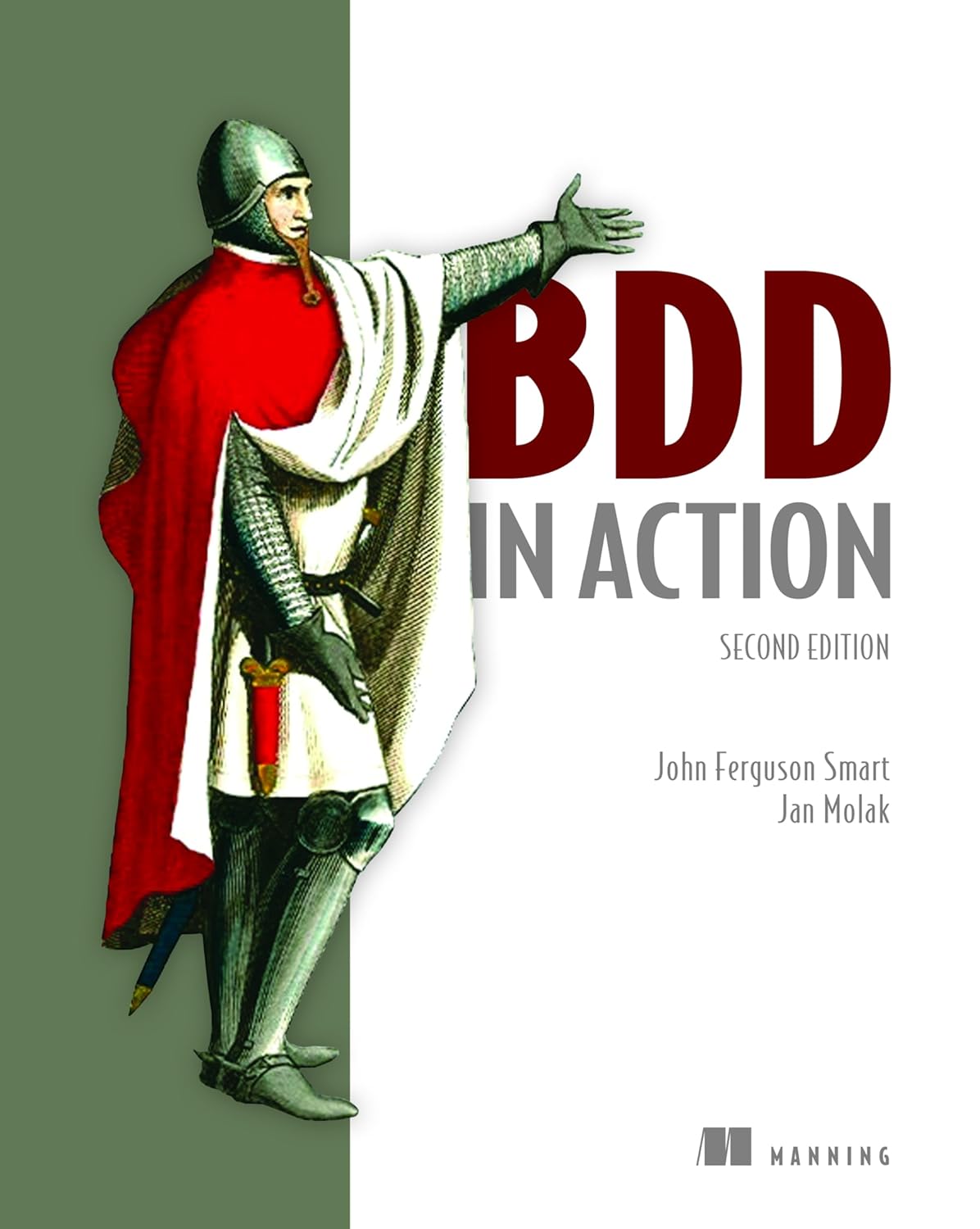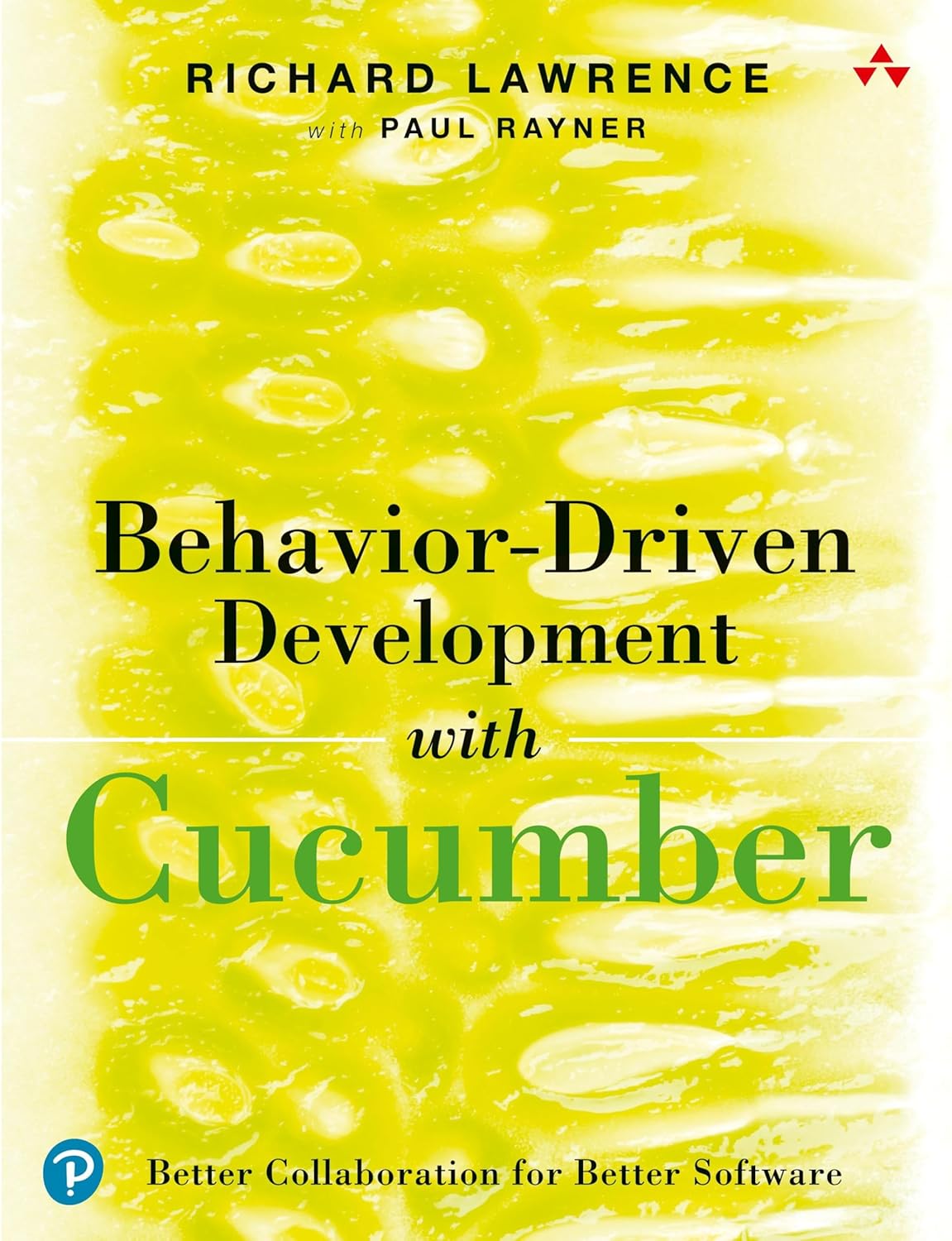
Behavior-Driven Development
What is Behavior-Driven Development?
Behavior-Driven Development (BDD) is a software development approach that emphasizes enhancing collaboration among developers, testers, and business stakeholders. It encourages teams to use simple, natural language to describe how software should behave from a user’s perspective. BDD builds on principles of Test-Driven Development (TDD) but shifts the focus from testing to expected behavior. This approach ensures that all members of a project team share a clear understanding of system requirements before coding begins.
By using structured scenarios and examples, BDD helps bridge the gap between technical and non-technical team members. These scenarios are often written in a Given-When-Then format to describe user actions and expected outcomes. BDD tools, such as Cucumber or SpecFlow, are commonly used to automate these scenarios and integrate them into the development process.
Key Points
- Behavior-Driven Development is a collaboration-focused approach that centres on user behavior and expectations.
- It uses structured, human-readable language to define system behavior before development begins.
- BDD encourages writing test cases as user stories, using the Given-When-Then structure.
- This method helps teams identify and fix misunderstandings early in the development cycle.
- BDD tests serve as both documentation and automated verification of system behavior.
Related Terms
- Test-Driven Development is a foundational practice for BDD, where developers write tests before writing code.
- User Stories are short descriptions of features from the end user’s perspective, commonly used in BDD scenarios.
- Acceptance Criteria define the specific conditions a product must meet to satisfy a user story, often using BDD syntax to express them.
- Cucumber is a tool that supports BDD by allowing teams to write tests in natural language and automate them.
- Agile Methodology supports iterative development and frequent feedback, aligning closely with BDD principles.
Behavior-Driven Development: Example
A team developing an online bookstore wants to ensure that customers can apply discount codes at checkout. A BDD scenario might look like this:
Given a customer has items in their cart
When they enter a valid discount code
Then the total price should reflect the discount
This scenario helps all team members understand the expected outcome and guides both development and testing.
Behavior-Driven Development: Best Practices
- Collaborate with stakeholders early to define clear and meaningful scenarios.
- Use plain language to ensure everyone understands the behavior being described.
- Keep scenarios focused on a single behavior or outcome.
- Regularly update and review scenarios as requirements evolve.
- Integrate BDD tools into the continuous integration pipeline to maintain consistent quality checks.
Additional Resources
Preparing for a PMI certification?
- Exam Prep Courses: PMP®, CAPM®, and PMI-ACP®
- Exam Simulators: PMP®, CAPM®, PMI-ACP®, PMI-PBA®, PMI-RMP®, PMI-SP®, PgMP®, and PfMP®
- Professional Development Units (PDUs): 15, 30, and 60 PDU Bundles




